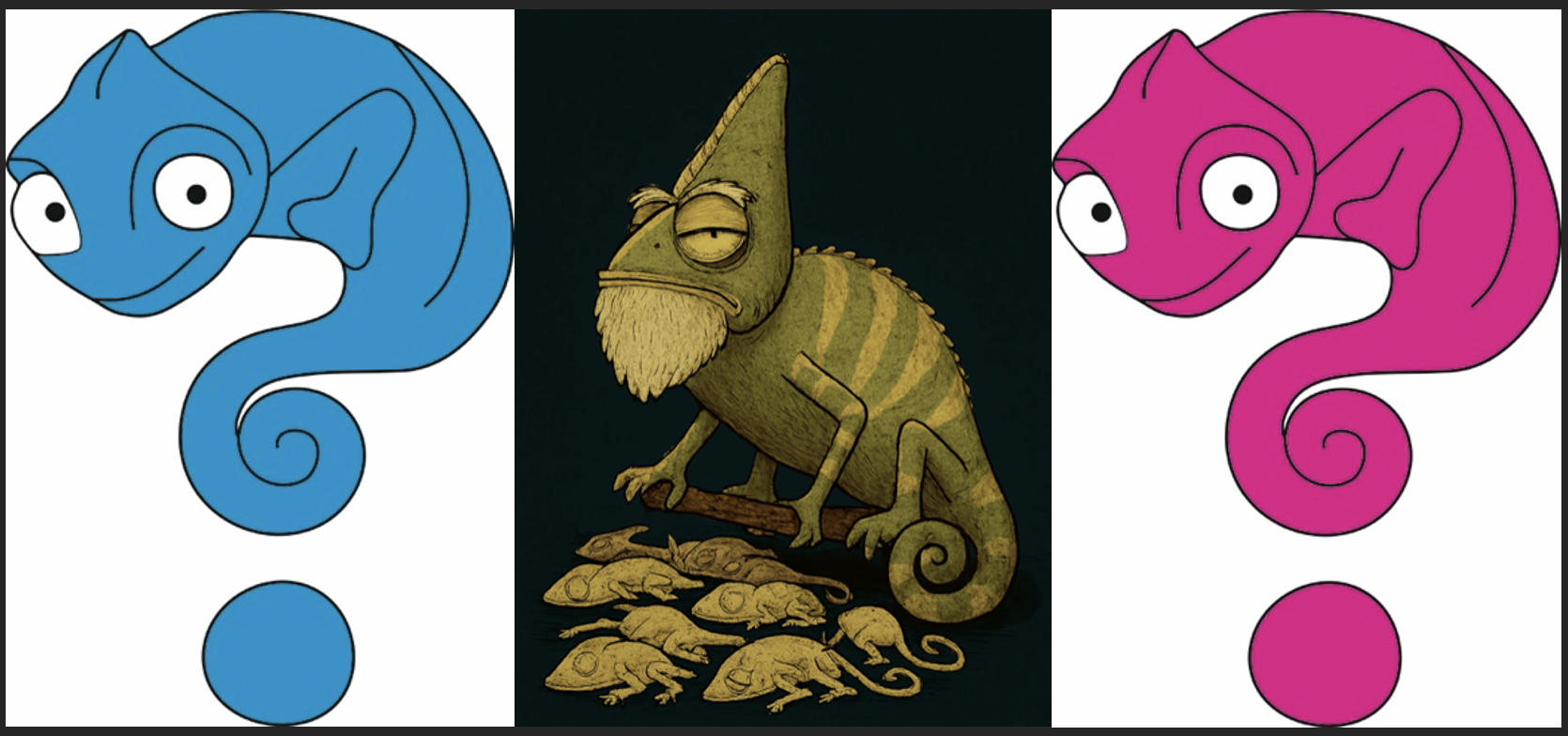Myth 13: “Animals in Captivity Always Live Longer Than in the Wild”

Myth Busted!
While it's commonly believed that animals live longer in captivity due to protection from predators, diseases, and harsh climates, this generalization doesn't hold true for all species, especially highly specialized ones like chameleons.
The Truth:
Chameleons are extremely sensitive to environmental conditions. Their survival depends on precise temperature, humidity, and light cycles that mimic their native habitats.
Inadequate care in captivity often leads to premature death. Many chameleons die due to ignorance, arrogance, poor husbandry, and failure to meet their complex needs.
In captivity, the most chameleons die in a size which would easily survive in the wild. but they die due to MBD, overheating, overeating, exhaustion, stress.
In captivity, the problem is, we lack data. There is an absence on long term ecological studies. So, we do not know, we just assume.
The absolute record holder is Calumma parsonii with 24 years in captivity. It is expected they may live even longer in the wild. Second is chamaeleon calyptratus with 16years, which dies in captivity usually at age of 3-6years, even after reaching maturity. 99% of the babies never grows to adulthood.
Naturalistic Chameleonoculture (NC) is a scientific approach that aims to replicate the vital conditions of their wild habitats while eliminating fatal factors like predators and parasites.
Example: Trioceros hoehnelii Temperature Needs
Condition Tolerable Range Lethal Range
Daytime +18°C to +25°C >35°C (lethal in minutes)
Nighttime +10°C to +16°C >20°C (disrupts sleep, fatal over time)
Wild Tolerance -2°C to +28°C <-15°C or >40°C (lethal in seconds)
Key Principles of NC:
1. "As close to nature as possible" – Simulate the undisturbed conditions where chameleons thrive.
2. "In doubt, go safe" – Prioritize safety over assumptions.
Why Mimic Nature of Nature Kills?
Because nature also sustains. The goal isn't to copy every wild condition, but to understand which factors support life and which threaten it—and to recreate the former while eliminating the latter.